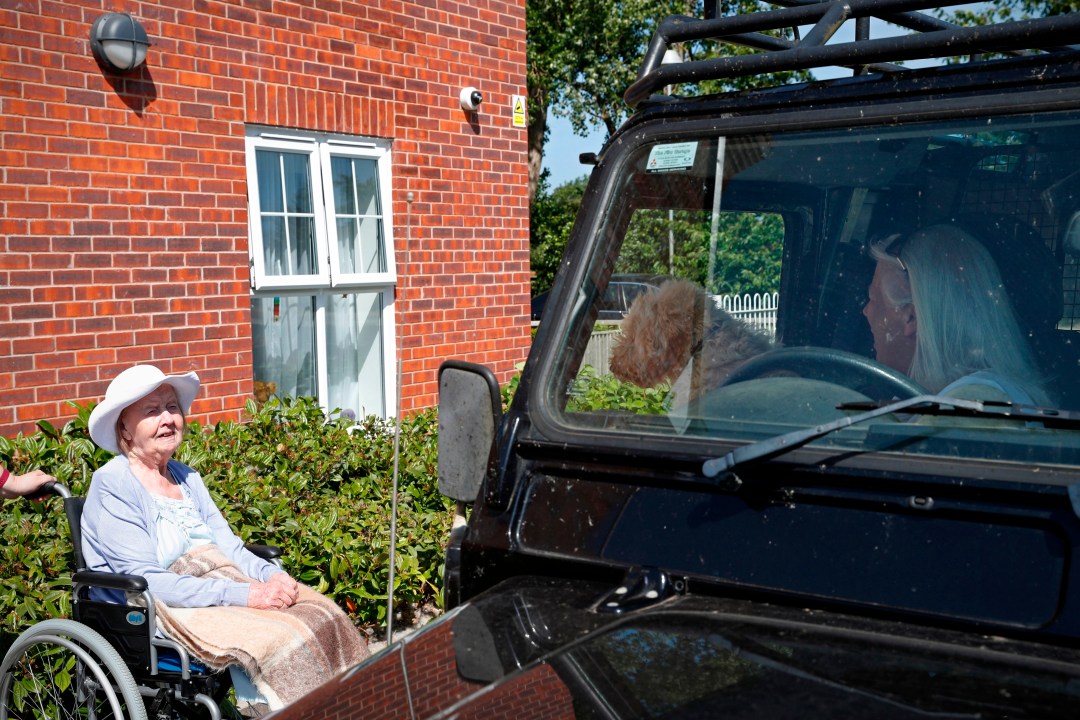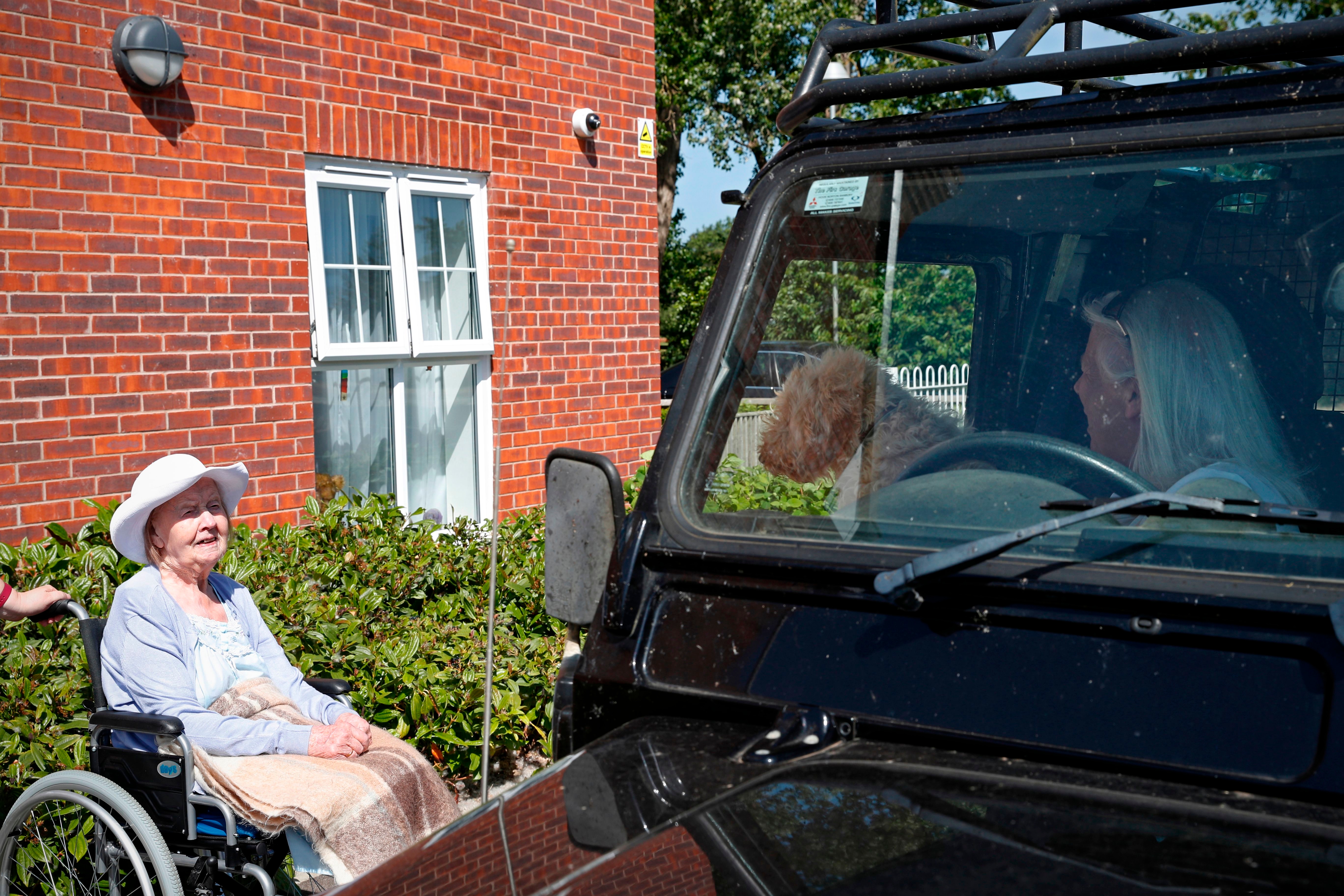Care homes have been at the centre of controversy and mishandling throughout the Covid-19 crisis. Decisions taken last spring to move patients out of hospital, without so much as a Covid-19 test, contributed to a surge of cases in facilities designed to look after Britain’s most vulnerable. Failure to tackle early on the problem of asymptomatic transmission meant that workers weren’t isolated. They unknowingly brought the virus in, sometimes to multiple homes. Zero detection – until it was too late – resulted in tragedy. It’s estimated that over 29,000 excess deaths have occurred in care homes since last March.
Now there is another care home scandal brewing, the details of which are just coming to light. It stems from overcorrections made to our original, failed attempt to protect residents during the first leg of the pandemic: that some residents have been living in ‘prison-like’ circumstances, deprived of contact with loved ones.
A new parliamentary report published today – made up of the Joint Committee on Human Rights – highlights the crux of the problem. As the government updated its guidance for care home visits to allow nominated people to see loved ones indoors, some homes prioritised Covid-19 safety above all else, and didn’t heed the advice. As a result, some residents have remained separated from their nearest and dearest. While the Care Quality Commission insists 95 per cent of homes adhered to the guidance, the report’s authors are ‘still aware’ of care homes issuing ‘blanket bans on visiting’. Others ‘have imposed restrictions on visiting to just 30 minutes a week or forced families to endure “prison-like” visits, permitted only to speak to their relatives through telephones behind plastic screens’.
The committee is recommending for visitation rights to be underpinned by law, arguing that such restrictions ‘engage human rights’ and require the state to ‘secure the right to life’. But what damage has been done in the meantime? An investigation conducted by the Alzheimer’s Society last summer, surveying more than 125 care homes, revealed 80 per cent saw a ‘deterioration in the health of their residents with dementia due to lack of social contact’.
The deadly effects of isolation can be seen everywhere: last September, the United States reported 13,200 excess deaths from dementia, compared with the previous year. A survey reported from an Italian memory clinic last summer found ‘31 per cent of people with dementia had experienced significant cognitive deterioration during the first month of lockdown and 54 per cent a worsening of agitation, apathy and depression’.
The past year has been psychologically challenging for all age groups (with more data out today showing depression rates in the population have more than doubled since the pandemic hit; young women are disproportionately affected). But for most of the public, there have been periods of respite: garden parties and restaurant meals in the better times, ‘bubbles’ and a socially distanced walk in the harder times.
For some care home residents, though, these moments have been explicitly forbidden, causing deterioration in health and leading to trauma, much of which we’re not remotely aware of yet. It appears the right balance has never been struck for protecting and supporting our care home residents. Given they have been one of the most vulnerable and important demographics this past year, it’s difficult to fathom how this passed rule-makers by.








Comments